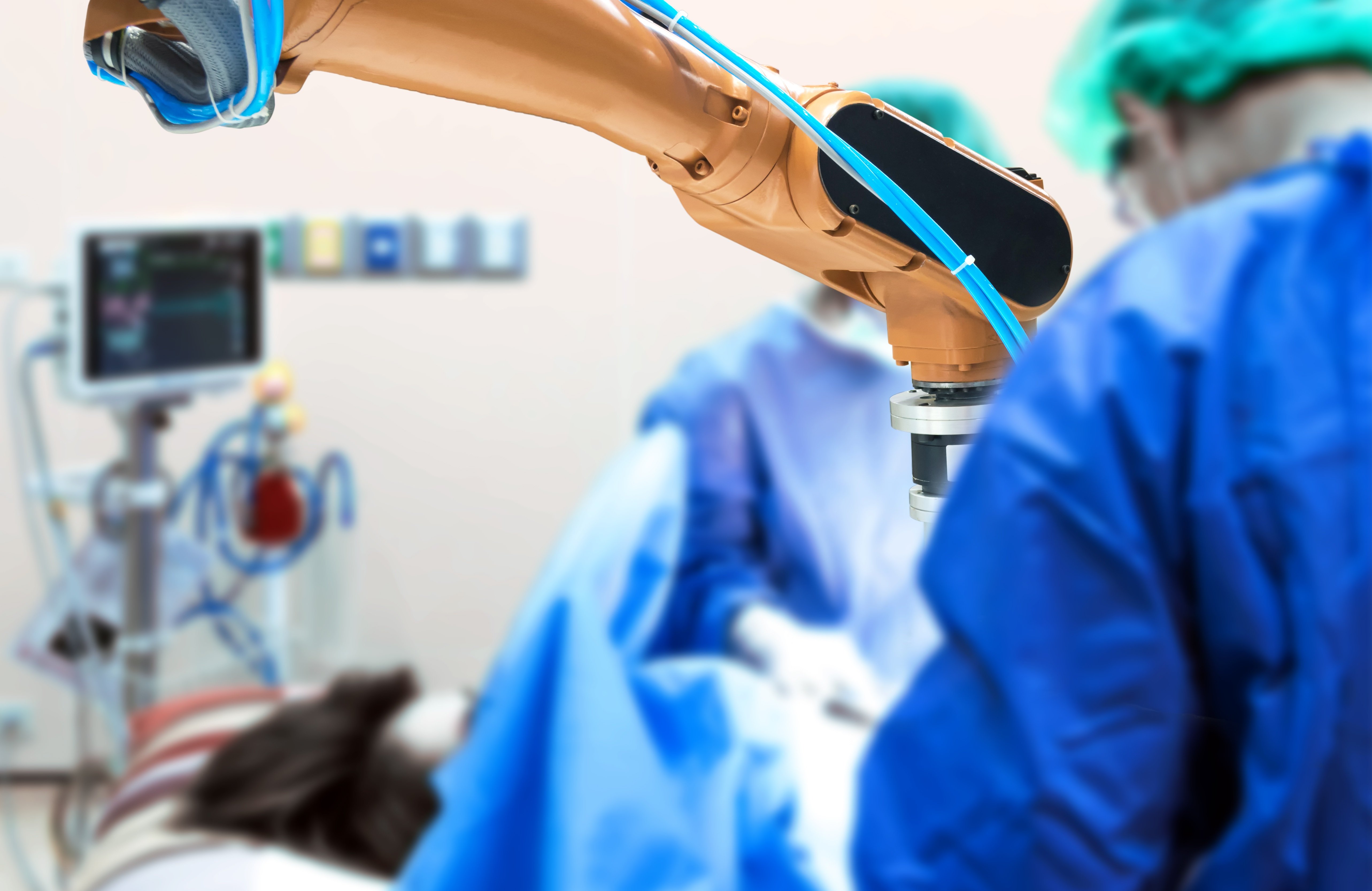Strategic challenge
As a cornerstone of digital operating theaters, robotic surgery offers doctors, hospitals and patients improved (time) efficiency and better quality of care, including shorter hospitalisation and a shorter ‘recovery’ for patients. Robotic surgery applications are on the rise in Belgian healthcare institutions: one in every three care centers now have access to one or more robotic surgery systems.
Of course, investments in technology and infrastructure must always be balanced against their impact on quality of care. The creation of networks in the hospital sector provides an opportunity for consolidation and improved cost efficiency.
One of these care center networks wanted to investigate, with assistance from Möbius, in which ways the current robot programmes could be optimised (from a cost point of view), and in which ways joint robotic activities could be developed further.
Approach
Mapping the current robotic surgery state of affairs in the care centers involved
Möbius mapped the current use of robotic surgery within the involved care centers. We did so from both a qualitative perspective (in this phase, Möbius held exploratory discussions with stakeholders in the robotic surgery programmes) and a quantitative perspective:
- We provided an overview of the use of robotic surgery systems per care institution (number of procedures, segmentation by type, time etc.)
- We mapped cost components and drivers per type of procedure, as well as associated income (use of materials, use of doctors and nurses, reimbursement from public financing sources, shorter hospitalisation etc.)
- We consolidated the above into a single result per procedure (both before, during and after the procedure (hospitalisation times)).
Creation of a model to support financial decisions
It is essential to create financial transparency in current robotic surgery programmes, both as the key to optimisation and as a consideration factor for future scenarios. To do so, Möbius developed a dynamic cost model that enables users to flexibly monitor the cost impact of different (usage) scenarios. Möbius used this decision-supporting instrument to:
- Create financial transparency in the cost effectiveness of the current robotic surgery programmes
- Work out different robot usage and collaboration scenarios from a financial perspective
- Provide guidance on different options to improve the cost efficiency of robotic surgery programmes (both on an operational, tactical and strategic level) in future hospital networks

Formulation of a vision on the future use of robotic surgery in the network
At the hospital network level, we facilitated the development of a common vision on robotic surgery: who plays which role within the network? What does a potential collaboration look like?
In the end, different operational models for robot programmes within hospital networks were developed and financially assessed.
Results
Based on this study, the involved care institutions obtained clear insights into the use, financial viability and profit drivers of their robotic surgery programme. In addition, we were able to create a financially supported vision for potential collaboration on robotic surgery in a hospital network.



